I have been asked by several people to do a post on hair, more specifically cropped hair or short fur that stands up, how to paint that so it looks correct.
Unless the hairs lay flat on the surface showing off the form they are on through logical changes in value, the hair that sticks up will take on its own lighting characteristics that can sometimes play havoc on how to correctly solve this pictorial dilemma. We should look at how hair is constructed before beginning our paintings.
Hair is translucent. That means it is not totally opaque, light passes through it and illuminates it as well as light reflects off of it when the hair is perpendicular to the light source. Like velvet, this flips the lightest surfaces in reverse of what we would normally understand the surface to be lit like. This image perfectly portrays this visual problem we are encountering. Notice how the body is front lit but the clothing is absorbing that light where it should be lit and reflecting it where it should be getting darker.
The outer edges of the form are reflecting light while the fur facing upright towards your eyes, through the middle of the form is darker, absorbing light. Why? Because hair is translucent, it is semi transparent like a fiber optic only milky in its transparency. When that glass tube faces your eye on end, it will appear dark if not facing a light source or it is embedded in a surface like skin. It will absorb light rather than reflect it. Our red pillow here is a pretty good example of the reverse lighting over its surface.
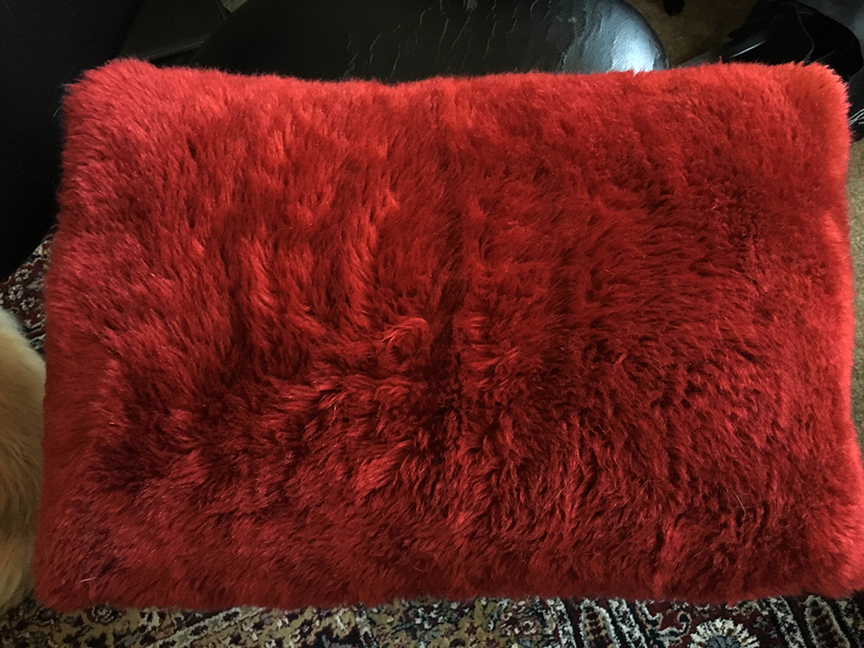 |
| The majority of the hairs on the pillow are light at the edges of the pillow, the middle is darker in value. |
This is the reason why short fur or cropped hair is so tricky to paint. It looks like the reverse of what everything else is lit like. Here are a few facts on how hair is constructed that I borrowed from a site called naturallycurly.com:
Each hair has a cuticle, which acts as a mirror that reflects a certain ratio of light—the higher the number of layers, the higher the ratio of the reflected light and the more intense the shine.
Shine is perceived in two parts: the Chroma-Band, which reveals the color within the hair shaft, and the Shine-Band, which is a pure reflection of the light off of the hair’s protective coating.
‘The physics of hair shine really is the reflection of light not just off the cuticle but through your cuticle,’ explains Dianna Kenneally, a principal scientist at P&G Beauty (a division of Procter & Gamble). ‘The light actually goes through the cuticle, absorbs the color of your hair and comes back.’
Fur grows upward on a curved surface. if it is cropped hair on a character, the hair will begin at the hairline as tiny hairs and as we go back row by row the hairs get denser and longer. On this head looking downward we will begin with the darker values in the middle of the skull and work outward towards the edges of the head and change the range of value from darker to lighter helping delineate the form and objectively stage the lighting over the form.
While painting at this stage, think mass not strand, form and not texture. Texture is a disruption of edge, like a deckle edge all broken up. The very edge of the form and any major value change within the form are the places to delineate texture. Cutting through highlights is another place to delineate texture. Minimize how much you use the texture, and avoid repeating brushstrokes to avoid pattern or a stamped look, especially when it is uniformly spaced.
With traditional media I have found that the best brush type to use for the texture part of the fur or hair is a round brush broken up by hand. Flats and filberts can make for some fine textures but are too inconsistent with the way the brush hairs separate and there are too many rows of hairs that are side by side that force them back into a uniform edge. Rounds are so forgiving, especially sable rounds. They can make any type of jagged edge and you can shape them in many different variations that never repeat.
This sequence is done with traditional media, gouache, and this is how I developed the edges of this type of short or cropped fur. It all begins by simplifying the shapes down to just a few easy to delineate plane breaks with the appropriate assigned values that best represent the local surface under specific lighting conditions.
Then the edges are softened down as gradients to help connect the planes and turn the form as well as start giving the hat the soft feeling it will need with the texture pass added.
This is then followed up by breaking up the round brush like the above and below images show, and apply the various values that are connected together using short choppy strokes followed by either your fingers smashing out the sharpness of the edges or using a damp second brush to pull a damp stroke over the dry strokes of the texture applied. The paint is first applied very dry then softened with water to give it dimension and additional softness as needed.
Here is a step by step of a demonstration I did for my Anatomy of Drapery Class for CGMA where I cover the topic of different types of materials and I analyze the short furs as a problem to solve, more difficult than longer hair that lays upon the surface it grows from. By breaking the problem down into stages it is easy to identify where any troubles occur in procedure or whatever else might be plaguing your work.
Notice how it is all painted in with large blocks of tone, not by textures. The texture is left out of the painting until all the surface forms have been worked out that will come in contact with the edges of the fur. Form first, texture is at the very end of the process.
Now go paint some vikings or Game of Thrones fan art and put this fur technique to practice. This technique can be used with any medium, it’s not so much about the application of paint to the surface as it is more about a way of thinking and executing, and organizing your thoughts then building with organized steps so you can add texture to your painting without it being a hassle, ugly, too intense to try, or any other reason/excuse we can use to prevent ourselves from going there.


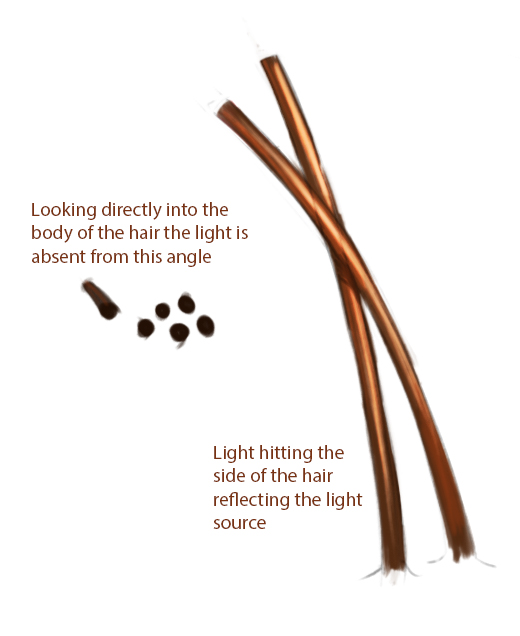
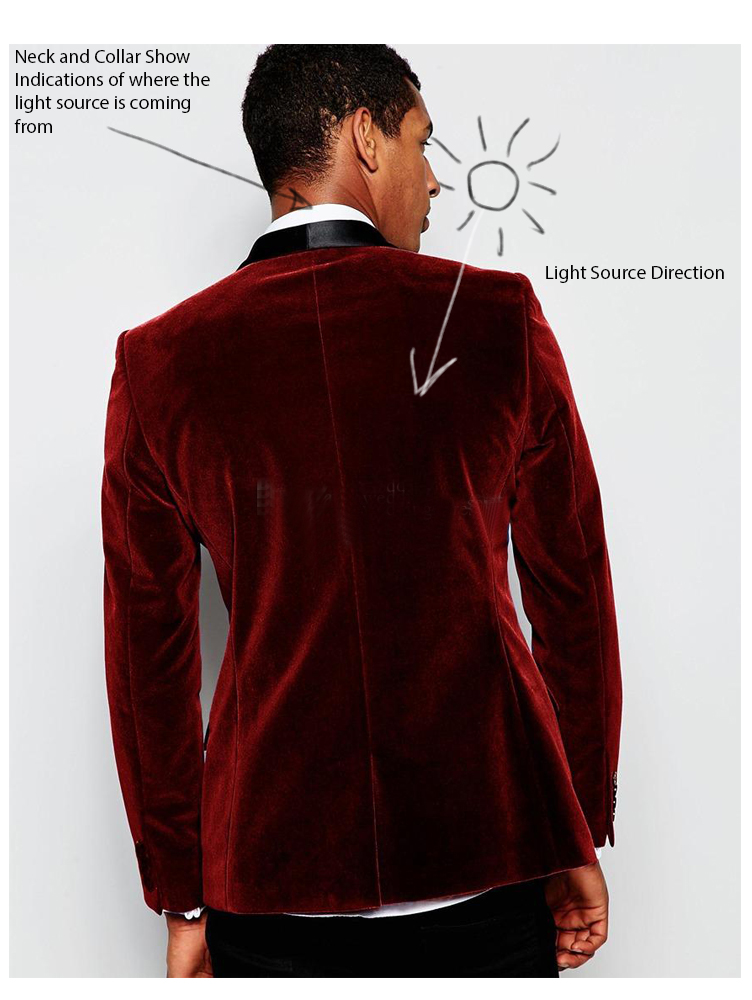
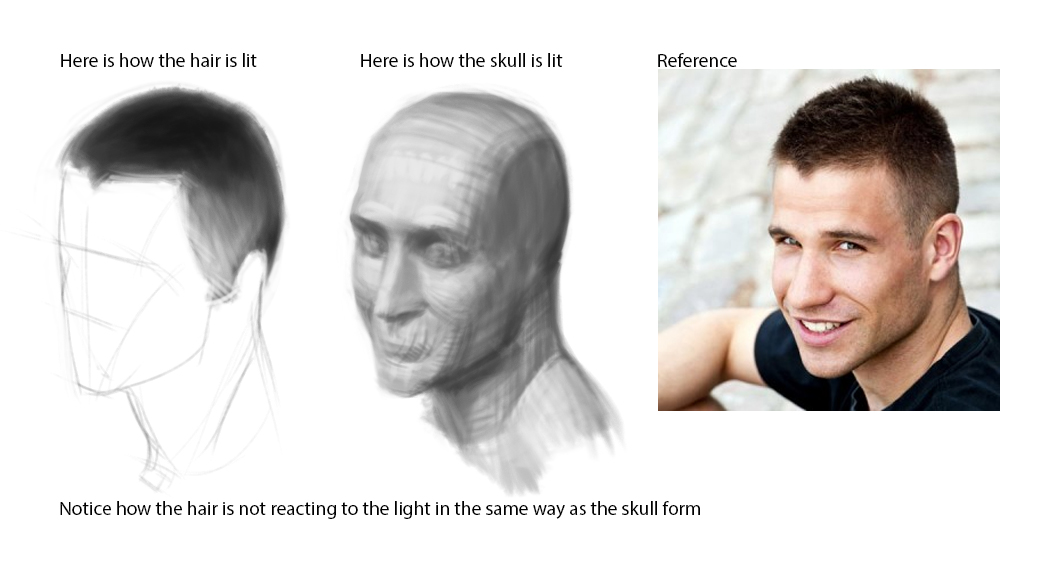
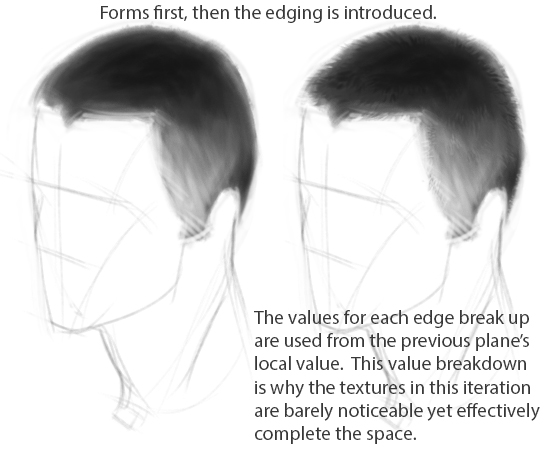
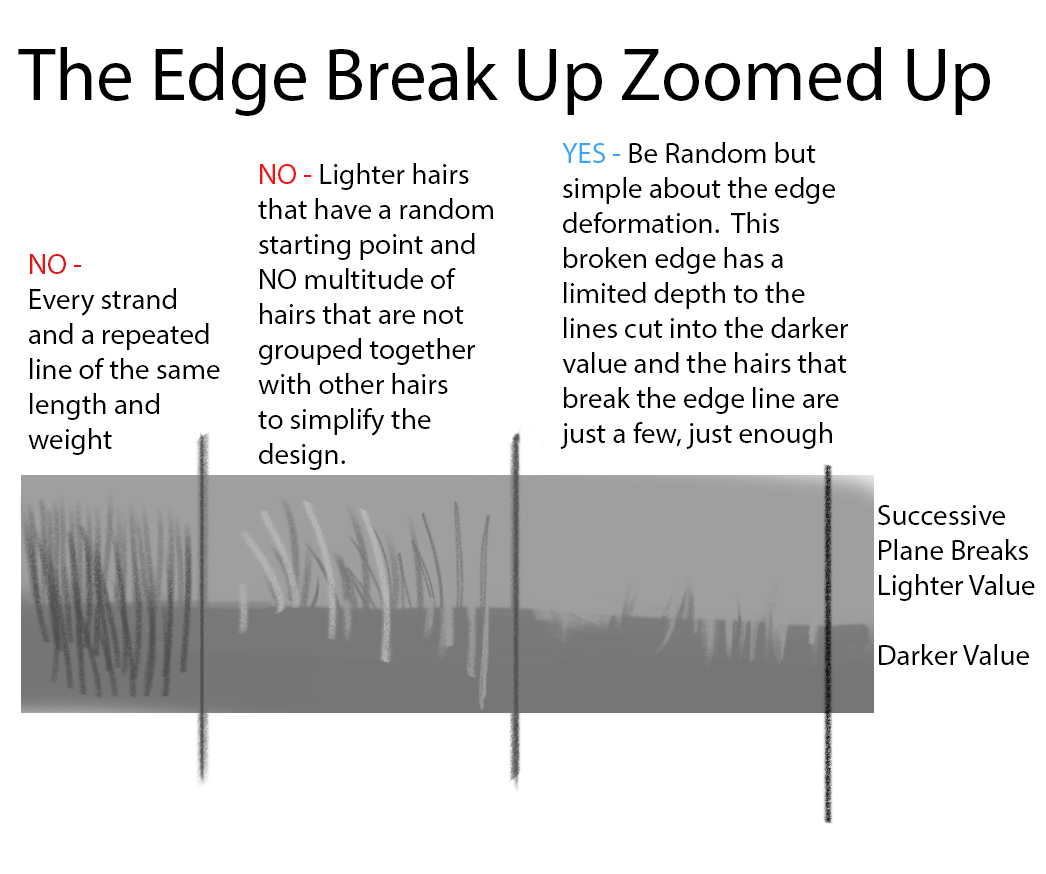
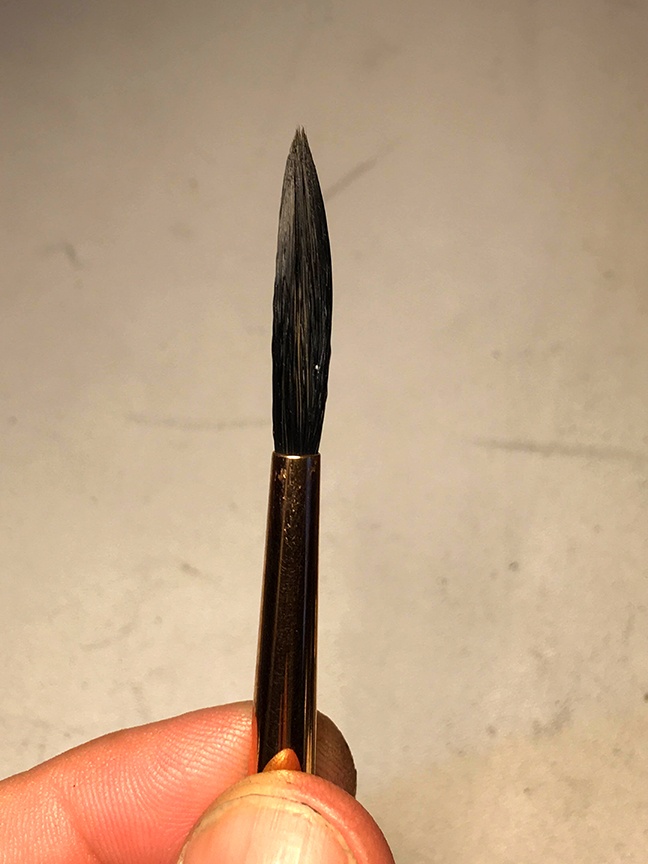
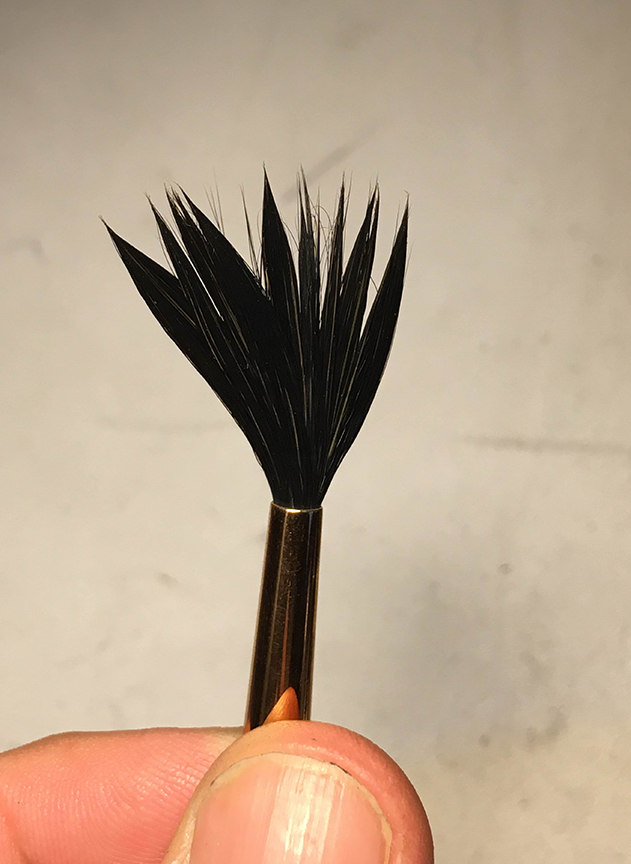
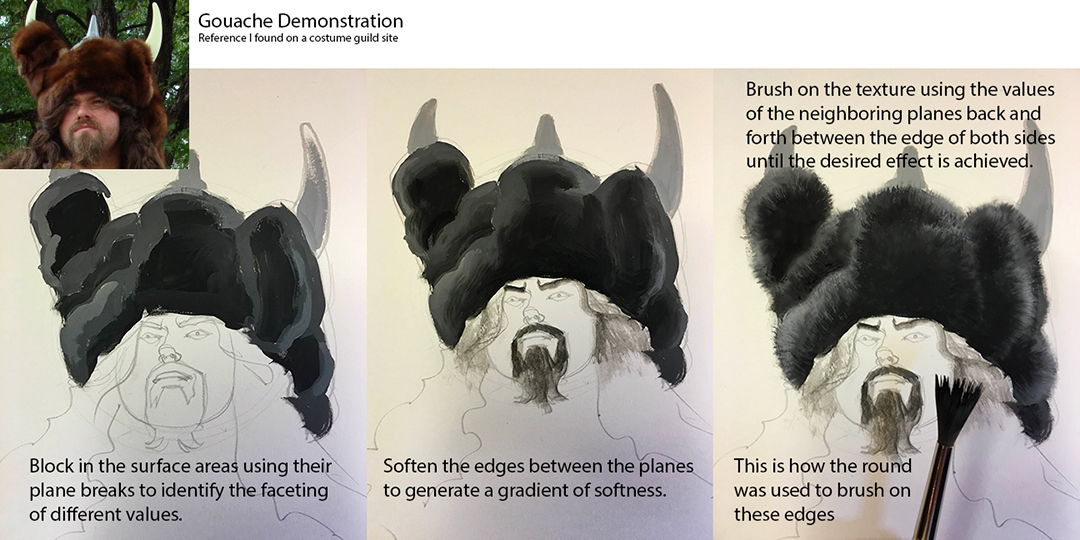

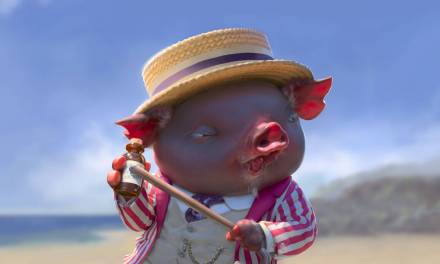
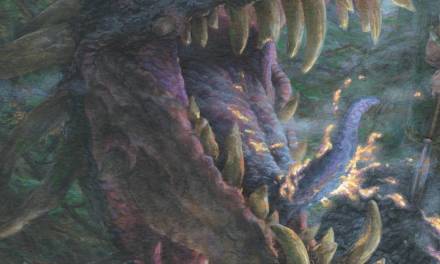



VERY Helpful! Currently struggling with cropped hair so perfect timing- Thanks Ron.
This was awesome, thanks!
Yes, something I am working on right now!
Excellent tips, thank you!
Great break down of hair, thank you Ron! This was extremely helpful!